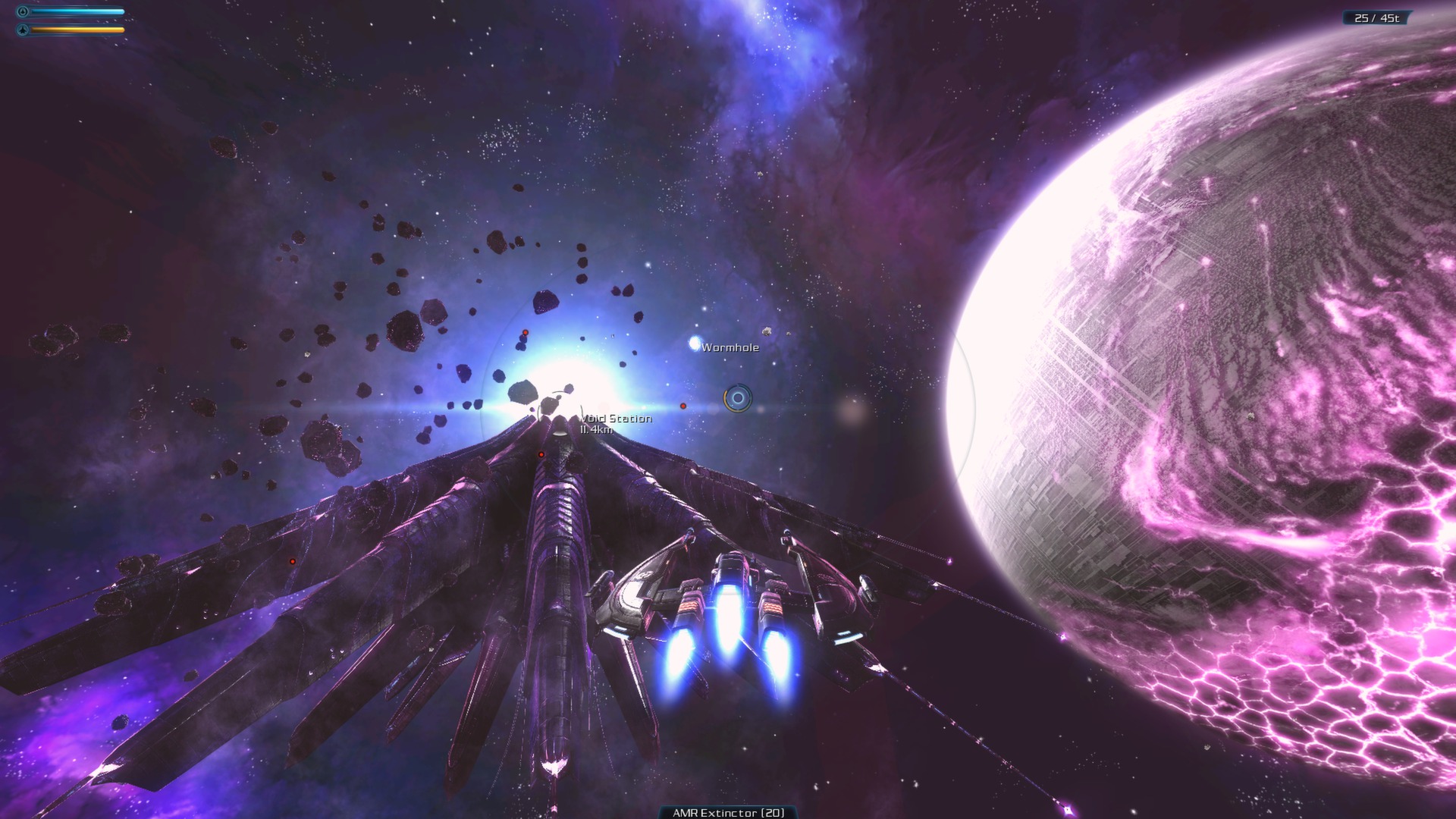
In 1494 Ludovico Sforza became lord of Milan, and called on numerous artists to decorate the castle. In 1476, during the regency of Bona of Savoy, the tower bearing her name was built. The decoration was executed by local painters. After Francesco's death, the construction was continued by his son Galeazzo Maria, under the architect Benedetto Ferrini. In 1452 he hired the sculptor and architect Filarete to design and decorate the central tower, which is still known as the Torre del Filarete. In 1450, Francesco Sforza, once he had shattered the republicans, began reconstruction of the castle to turn it into his princely residence. The castle was the main residence in the city of its Visconti lords, and was destroyed by the short-lived Golden Ambrosian Republic which ousted them in 1447. It was enlarged by Galeazzo's successors, Gian Galeazzo, Giovanni Maria and Filippo Maria Visconti, until it became a square-plan castle with 200 m-long sides, four towers at the corners and up to 7-metre-thick (23 ft) walls.


It was built in the same area of the ancient Roman fortification of Castrum Portae Jovis, which served as castra pretoria when the city was the capital of the Roman Empire. 1370 this castle was known as the Castello di Porta Giova (or Porta Zubia), from the name of a gate in walls located nearby. The original construction was ordered by Galeazzo II Visconti, a local nobleman, in 1358 – c.

Extensively rebuilt by Luca Beltrami in 1891–1905, it now houses several of the city's museums and art collections. Later renovated and enlarged, in the 16th and 17th centuries it was one of the largest citadels in Europe. It was built in the 15th century by Francesco Sforza, Duke of Milan, on the remnants of a 14th-century fortification. The Castello Sforzesco (Italian for "Sforza's Castle") is a medieval fortification located in Milan, northern Italy. Water fountains in front of the Castello Sforzesco


 0 kommentar(er)
0 kommentar(er)
